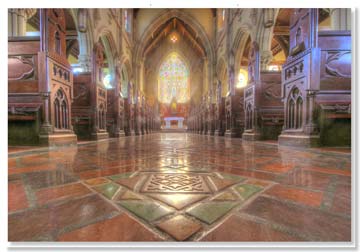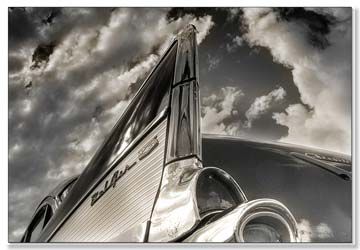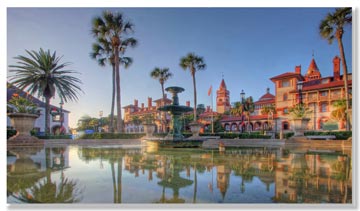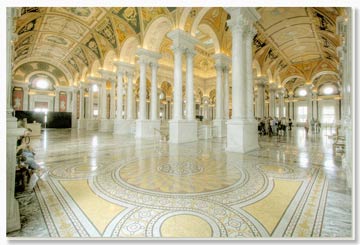How to Depict Reality, a primary question for two centuries of photography, is a meaningful question for high dynamic range photographers. Here, five reasons for photographers to try high dynamic range photography, HDR for short, are offered. HDR can expand your skills as it widens the dynamic range of your imaging.
HDR images, despite heated controversy about how unreal they make scenes appear, are here to stay. HDR photos show up in magazines, advertising and everywhere online. I have invented acronyms for the three letters of HDR to help people visualize its assets.
In the camera, you make different exposures of the same scene — but at different shutter speeds — to get an HDR image. The results – photos emerge with better whites and blacks than possible from a single image. Working with HDR software lets you handle both back and side lighting. You get all the highlights and shadow detail you want in high contrast scenes and dimly lit places.



Read on for five key advantages of How to Depict Reality.
Reason one: Highlight Detail Results
HDR makes you aware of highlight details.
Many photographers are drawn to light through stained glass windows and this image of St. Mary’s church in Newport Rhode Island had colorful liquid light pouring through its windows. HDR preserved subtle color details in its stained glass even on a cloudy day. You will see highlight detail results return to your compositions.
Reason two: How Detail Returns to the Shadows
Although the photo of a 1957 Chevy Bel Air is backlit, the shadows are open and detailed. Without multiple exposures, these shadow areas would have lost their details. “The Beauty of Black and White HDR” article explores this advantage and shows more HDR artistry in B/W.
Reason three: Hold Down Rock Solid
Using a tripod mounted camera greatly helps to align all your exposures. Since the tripod and camera must be rock solid as you bracket your exposures, you have to place your tripod carefully; as you think about this positioning, the pace of your image making slows down. This makes your compositions immensely more attentive. No more snap shots.
Slowing down to compose is a fertile practice. For example, as I compose a scene, I shift the angle of my view to get a second or third perspective, one that is unlike the way it was first envisioned. Why does HDR facilitate this? When you make multiple exposures of the same scene without any moving subjects, you will want to wait for people to move out of the scene. Patience is needed for high dynamic range photography and, as a result, practice with the HDR process will intensify your seeing, as it slows the pace of the work.
The scene of a reflecting pool at Flagler College in downtown Saint Augustine, Florida on the left, was made using a tripod and three exposures. It illustrates the practice of patience, as it is an area usually crowded with visitors. The scene became free of people for just long enough to make three images just before sundown. Later, in Photomatix®, these three exposures were merged together to get all the details of the scene reflecting in the fountain pool.


Reason four: Highly Disposed to Radiance
Highly disposed to radiance means details of surface highlights glow under skilled HDR processing. Capturing small luminous details of light striking marble, ceramic tile, and other polished surfaces is astonishing. None of the bright reflections would show up this sharply on film, due to the inability of film to handle the contrast. The high contrast scene at left shows daylight reflecting off a marble floor in the Temple of Knowledge at the Jefferson Building in the Library of Congress, located next to the Capitol in Washington D.C.
Reason five : Hello Outdoors!
Why use HDR for outdoor and nature photography subjects? For macro or flash fill, a photo looks like it was made with a single exposure, even as it captures a wider color palette and detail. Catching these colors gives you the same joy as seeing your first rainbow.
Fortunately, the half-inch tall grasshopper did not move when visited by a macro lens and a tripod. Three exposures were made on an overcast morning in Bridgewater, Nova Scotia. In Photomatix Pro ® software, these photos were combined with saturation, detail and contrast settings keyed in to match the original scene. Photoshop was helpful as well for final touch-up.
When processing HDR, software allows you to choose “How Devoted to Reality” vs. how extreme you want your results. The grasshopper here looks as I first saw it, but I made painterly versions also.
So, there are 5 quick reasons to try HDR. But that’s not all. You can use it with portraits, panoramas and Photoshop effects.
Bottom Line – HDR possesses the power and potential to deepen How you Depict Reality.
by Jim Austin
All text and photos: © Jim Austin. All rights reserved.

Leave a Reply